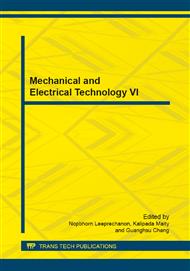p.18
p.23
p.28
p.33
p.38
p.44
p.49
p.54
p.58
Numerical Analysis for Resistance Calculations of NPL as a Floating Hull for Wave Glider
Abstract:
The wave glider is an autonomous unmanned vehicle (AUV) which uses the power of the ocean to propel itself. The purpose of this study is using the well known slender model NPL in developing hull in an attempt to design the floating hull of wave glider. CFD and Maxsurf software are used to present a method focused on mesh generation to predict calm water resistance for the hull. Calculations are carried out for Froude numbers in the range of 0.10 to 0.40. Three different mesh sizes are used for CFD to calculate the mesh effects. The results of numerical predictions under the same conditions obtained from CFD and Maxsurf calculations are obtained and compared for accuracy of the solution parameters. The comparison shows a good agreement between the results. The method is useful and acceptable and the overall numerical scheme is suitable for resistance prediction.
Info:
Periodical:
Pages:
38-43
Citation:
Online since:
August 2014
Authors:
Keywords:
Price:
Сopyright:
© 2014 Trans Tech Publications Ltd. All Rights Reserved
Share:
Citation:


